Today we chose to return to Narbonne to visit the Saint-Just-et-Saint -Pasteur Cathedral.
Narbonne,was the first Roman City in Gaul and it still preserves many vestiges of its past
.
We manoeuvred our way through the town and parked in one of the new car parks underneath the banks of the Canal Robine.
We headed to the Market Hall in the heart of Narbonne.This is an old market hall in Baltard style,the haunt of hungry strollers, budding chefs and gourmets of all shapes and sizes.
With olives,honey,thyme,rosemary,oysters sardines,fruit ,vegetables,vanilla beans,fish,charcuterie ,this market is a foretaste of the nearby Mediterranean.
What a visual feast!
We headed to the cathedral and sedately walked through and viewed in awe.
We then headed to the Town Hall Square to view Via Domitia ,this is evidence of the ancient town twenty one centuries ago,the Via Domitia,joined Italy to Spain in the second century BC,and was uncovered in 1997.
It was restored and enhanced,it marks out the "Place de l'Hotel de Ville",the nerve centre of Narbonne.
We then decided to explore some of the peripheral areas of Narbonne before leaving for Homps.
This is a small village where we can take a barge trip on the Canal du Midi
.
It was cool and windy so we have decided to come another day when it is not so windy.
The Canal du Midi is a waterway connecting the Mediterranean Sea and the Atlantic Ocean and it dates back to the Roman Empire.
Augustus dreamt of a water route that would be quicker than the land routes and the dangerous Iberian Peninsular sea route.
He also wanted to facilitate military and political control of the Gaul region and simplify the transportation of goods between the two maritime fronts.
The Canal du Midi has a complex past but as soon as it was completed it became a major means of communication and was used for trade as much as for travelling.Although sailing ships travelled up and down its course,their masts lowered,to avoid sailing around Gibraltar,it was the specially designed and locally made canal boats- barges,saltines and coutrillons- that accounted for most of the traffic.
In 1989, the last Canal du Midi freight barge came to the end of its final journey.Having hardly any economic value( except for irrigation ) the Two Seas canal network was threatened with neglect.in fact ,many regional and national political figures pushed for just this.The network was saved by the growing popularity of river tourism,which began in the late 1960's and has become so successful that at certain times of the year there are actually traffic jams at lock gates.
We watched some barges come in to dock and we enjoyed a vin Blanc whilst viewing this process.
Another full day and we are now planning tomorrow.
The dining table is covered with brochures!
Narbonne and Homps
Wednesday, June 04, 2014
 Olonzac, Languedoc-Roussillon, France
Olonzac, Languedoc-Roussillon, France
Other Entries
-
3Adventure number 2
May 1619 days prior London, United Kingdomphoto_camera10videocam 0comment 3
London, United Kingdomphoto_camera10videocam 0comment 3 -
4Phase 2 the move from London to Cornwall
May 1817 days prior Cornwall, United Kingdomphoto_camera4videocam 0comment 2
Cornwall, United Kingdomphoto_camera4videocam 0comment 2 -
5Sunday in Mt Brioni
May 1817 days prior Cornwall, United Kingdomphoto_camera10videocam 0comment 2
Cornwall, United Kingdomphoto_camera10videocam 0comment 2 -
6A ferry trip to Plymouth
May 1916 days prior Cornwall, United Kingdomphoto_camera22videocam 0comment 2
Cornwall, United Kingdomphoto_camera22videocam 0comment 2 -
7A Visit to Port Isaac and Padstow
May 2015 days prior Cornwall, United Kingdomphoto_camera18videocam 0comment 2
Cornwall, United Kingdomphoto_camera18videocam 0comment 2 -
8St Michael's Mount and Lands End
May 2213 days prior Cornwall, United Kingdomphoto_camera34videocam 0comment 4
Cornwall, United Kingdomphoto_camera34videocam 0comment 4 -
9Looe and Polperro
May 2213 days prior Cornwall, United Kingdomphoto_camera31videocam 0comment 3
Cornwall, United Kingdomphoto_camera31videocam 0comment 3 -
10The Eden Project Adventure
May 2312 days prior Cornwall, United Kingdomphoto_camera26videocam 0comment 4
Cornwall, United Kingdomphoto_camera26videocam 0comment 4 -
11Whitby
May 2510 days prior Whitby, United Kingdomphoto_camera9videocam 0comment 2
Whitby, United Kingdomphoto_camera9videocam 0comment 2 -
12Whitby on a Bank Holiday!
May 2510 days prior Whitby, United Kingdomphoto_camera20videocam 0comment 1
Whitby, United Kingdomphoto_camera20videocam 0comment 1 -
13A trip to Saltburn By The Sea and Staithes.
May 278 days prior Whitby, United Kingdomphoto_camera22videocam 0comment 0
Whitby, United Kingdomphoto_camera22videocam 0comment 0 -
14Whitby
May 278 days prior Whitby, United Kingdomphoto_camera0videocam 0comment 0
Whitby, United Kingdomphoto_camera0videocam 0comment 0 -
15A steam train trip to Pickering
May 287 days prior Whitby, United Kingdomphoto_camera36videocam 0comment 1
Whitby, United Kingdomphoto_camera36videocam 0comment 1 -
16A trip to Scarborough (Scarborough Fair)
May 296 days prior Whitby, United Kingdomphoto_camera23videocam 0comment 0
Whitby, United Kingdomphoto_camera23videocam 0comment 0 -
17Olonzac
Jun 013 days prior Olonzac, Francephoto_camera23videocam 0comment 0
Olonzac, Francephoto_camera23videocam 0comment 0 -
18Narbonne
Jun 031 day prior Olonzac, Francephoto_camera16videocam 0comment 3
Olonzac, Francephoto_camera16videocam 0comment 3 -
19Market Day in Olonzac.
Jun 031 day prior Olonzac, Francephoto_camera28videocam 0comment 1
Olonzac, Francephoto_camera28videocam 0comment 1 -
20Narbonne and Homps
Jun 04 Olonzac, Francephoto_camera26videocam 0comment 2
Olonzac, Francephoto_camera26videocam 0comment 2 -
21A Drive Through Old Cathar Country
Jun 073 days later Olonzac, Francephoto_camera23videocam 0comment 2
Olonzac, Francephoto_camera23videocam 0comment 2 -
22Lake Jouarres and Homps.
Jun 084 days later Olonzac, Francephoto_camera28videocam 0comment 1
Olonzac, Francephoto_camera28videocam 0comment 1 -
23Carcassone
Jun 095 days later Olonzac, Francephoto_camera21videocam 0comment 1
Olonzac, Francephoto_camera21videocam 0comment 1 -
24The Barcelona experience:
Jun 139 days later Olonzac, Francephoto_camera35videocam 0comment 2
Olonzac, Francephoto_camera35videocam 0comment 2 -
25Our Journey To Paris.
Jun 1511 days later Paris, Francephoto_camera36videocam 0comment 2
Paris, Francephoto_camera36videocam 0comment 2 -
26Our visit to Les Plus Beaux Passages de Paris
Jun 1713 days later Paris, Francephoto_camera46videocam 0comment 2
Paris, Francephoto_camera46videocam 0comment 2 -
27The Louvre.
Jun 1814 days later Paris, Francephoto_camera11videocam 0comment 0
Paris, Francephoto_camera11videocam 0comment 0 -
28The train trip to London.
Jun 2016 days later London, United Kingdomphoto_camera1videocam 0comment 4
London, United Kingdomphoto_camera1videocam 0comment 4 -
29A Day in London
Jun 2218 days later London, United Kingdomphoto_camera31videocam 0comment 3
London, United Kingdomphoto_camera31videocam 0comment 3 -
30Knightsbridge
Jun 2319 days later London, United Kingdomphoto_camera8videocam 0comment 0
London, United Kingdomphoto_camera8videocam 0comment 0 -
31St Paul's Cathedral
Jun 2420 days later London, United Kingdomphoto_camera14videocam 0comment 0
London, United Kingdomphoto_camera14videocam 0comment 0 -
32Dubai
Jun 2723 days later Dubai, United Arab Emiratesphoto_camera7videocam 0comment 0
Dubai, United Arab Emiratesphoto_camera7videocam 0comment 0 -
33Dubai and visits to the Souks
Jun 2925 days later Dubai, United Arab Emiratesphoto_camera15videocam 0comment 2
Dubai, United Arab Emiratesphoto_camera15videocam 0comment 2 -
34Hari Raya in Penang
Jul 2652 days later Batu Feringgi, Malaysiaphoto_camera2videocam 0comment 1
Batu Feringgi, Malaysiaphoto_camera2videocam 0comment 1 -
35A rainy day in Penang.
Jul 3056 days later Air Itam, Malaysiaphoto_camera12videocam 0comment 0
Air Itam, Malaysiaphoto_camera12videocam 0comment 0 -
36Smoke gets in your Eyes:
Aug 0360 days later Air Itam, Malaysiaphoto_camera14videocam 0comment 0
Air Itam, Malaysiaphoto_camera14videocam 0comment 0 -
37A trip to Georgetown.
Aug 0562 days later Air Itam, Malaysiaphoto_camera5videocam 0comment 2
Air Itam, Malaysiaphoto_camera5videocam 0comment 2 -
38A smoke free day.
Aug 0865 days later Batu Feringgi, Malaysiaphoto_camera4videocam 0comment 1
Batu Feringgi, Malaysiaphoto_camera4videocam 0comment 1
Comments
2025-05-23
Comment code: Ask author if the code is blank

 Olonzac, Languedoc-Roussillon, France
Olonzac, Languedoc-Roussillon, France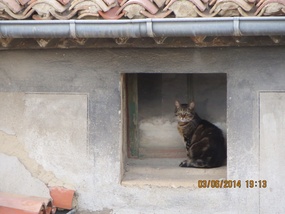
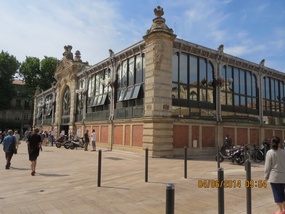




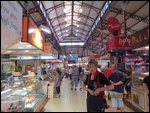
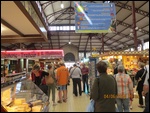
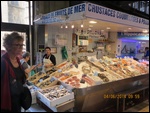
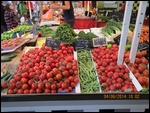
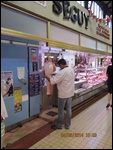
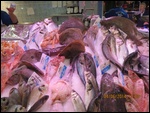
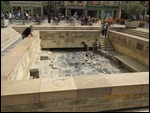
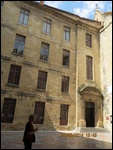
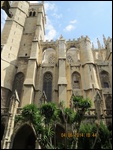
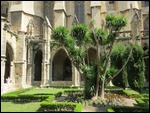
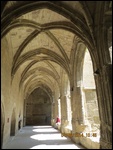
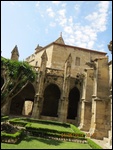
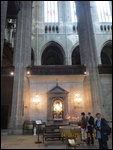
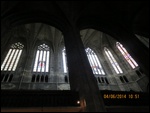
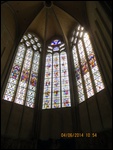
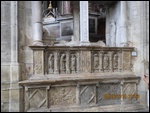
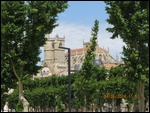
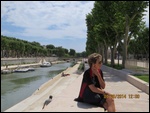
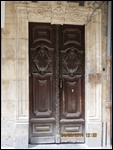
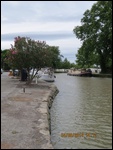
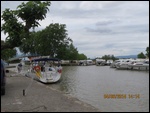
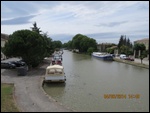
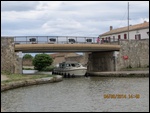

Rosemary
2014-06-05
Hi Jan,
What a marvellous time you are having! I am so envious.
Regards
Rosemary from Curves